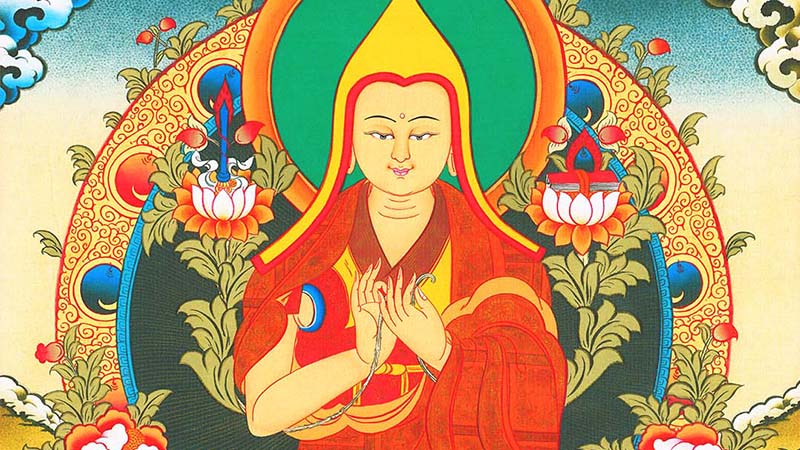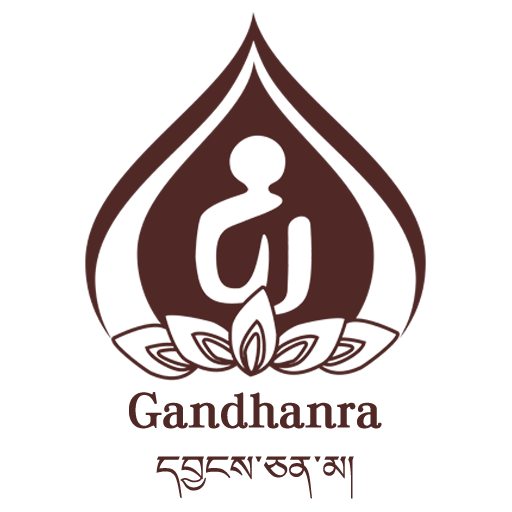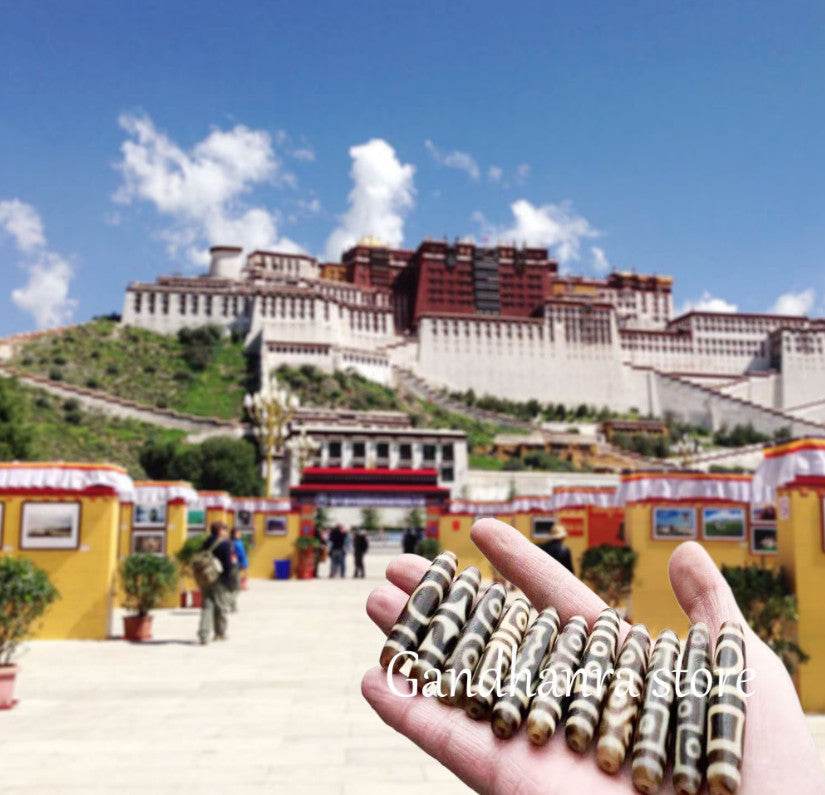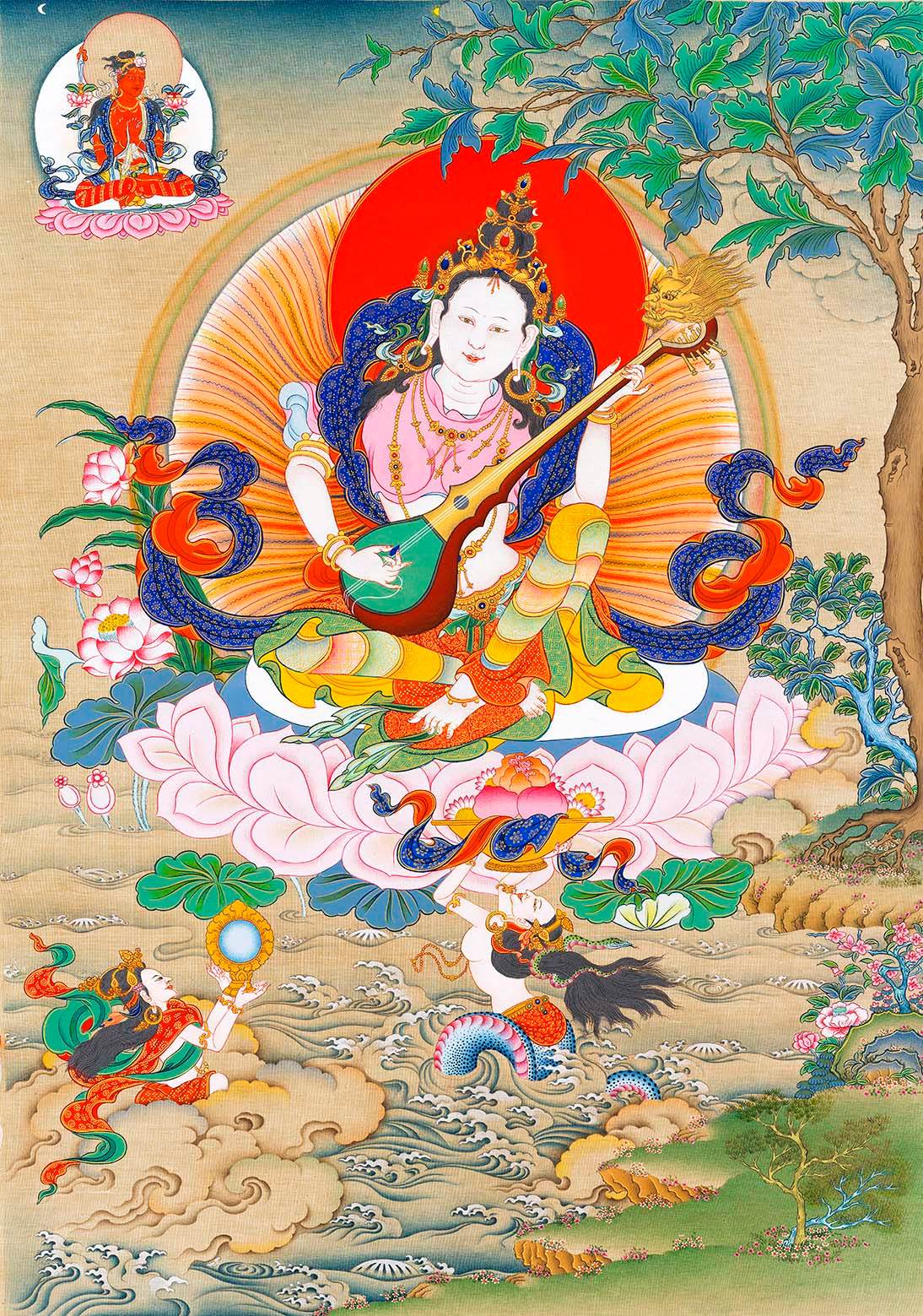
Je Tsongkhapa: The Great Master of Tibetan Buddhism and Founder of the Gelug School
Je Tsongkhapa,
the great Tibetan Buddhist master, embodies the perfect union of wisdom, compassion, and ethical discipline.



Introduction to Je Tsongkhapa
Je Tsongkhapa (1357–1419), whose name means "the Man from the Onion Valley," is one of the most influential figures in Tibetan Buddhism. He is revered as a second Buddha and the founder of the Gelug school, which emphasizes the integration of sutra and tantra, and the practice of pure moral discipline. His Holiness the Dalai Lama is considered a spiritual descendant of his lineage.
Unlike ordinary teachers, Tsongkhapa is celebrated for his profound scholarship, meditative realization, and impeccable ethical conduct, which serve as a model for all practitioners.

The Origins and History of Je Tsongkhapa
Born in Amdo, northeastern Tibet, Tsongkhapa showed extraordinary intellectual and spiritual abilities from a young age. He traveled to central Tibet to study under masters of all existing traditions, mastering the great philosophical texts and meditative practices. His teachings synthesized the best of Indian and Tibetan Buddhism, leading to a revival of pure Buddhist practice.
Key events in his life, such as visions of Manjushri (the Bodhisattva of Wisdom), enabled him to compose seminal works like The Great Treatise on the Stages of the Path to Enlightenment (Lamrim Chenmo).

The Symbolism of Je Tsongkhapa
Yellow Hat (Pandita Hat): Represents the flourishing of pure ethical discipline and scholarship
Two Hands in the Teaching Gesture (Dharma Chakra Mudra): Symbolizes the turning of the wheel of Dharma, teaching the integration of sutra and tantra
Two Lotuses Supporting a Sword and Scripture: The sword of wisdom and the scripture of profound teachings, mirroring Manjushri’s attributes
Seated Posture: Reflects stability in meditation and mastery of the stages of the path

The Je Tsongkhapa Mantra (Migtsema Prayer)
The most beloved mantra and prayer associated with Je Tsongkhapa is the Migtsema:
“Om Ah Guru Benza Tsokye Dhi Pati Siddhi Hum”
(Tibetan: ༀ་ཨ་གུ་རུ་བེན་ཛ་ཙཀྱེ་དྷི་པ་ཏི་སིདྡྷི་ཧཱུྃ།)
Meaning of the Mantra:
Om Ah Hum: Purification of body, speech, and mind
Guru: Spiritual master
Benza Tsokye: Vajra (indestructible) nature of the guru
Dhi Pati: Lord of wisdom (from Manjushri)
Siddhi Hum: Accomplishment of spiritual realizations
Reciting this mantra is believed to invoke Tsongkhapa’s blessings for wisdom, compassion, and success in spiritual practice.

How to Connect with Je Tsongkhapa
Study His Works: Read Lamrim Chenmo or The Great Treatise to understand the stages of the path.
Mantra Recitation: Chant the Migtsema mantra daily to connect with his wisdom blessings.
Practice Ethical Discipline: Emulate his emphasis on pure moral conduct as the foundation of the path.
Celebrate His Festivals: Participate in events like Gaden Ngamchoe (anniversary of his parinirvana) in October or November.

Conclusion
Je Tsongkhapa’s legacy is a beacon for those seeking a balanced path of study, meditation, and ethical living. His life demonstrates that enlightenment is attainable through diligent practice, wisdom, and unwavering compassion.
May the wisdom and compassion of Je Tsongkhapa guide your path to awakening!
Have you studied Tsongkhapa’s teachings or chanted the Migtsema mantra?
Share your experiences in the comments below!






